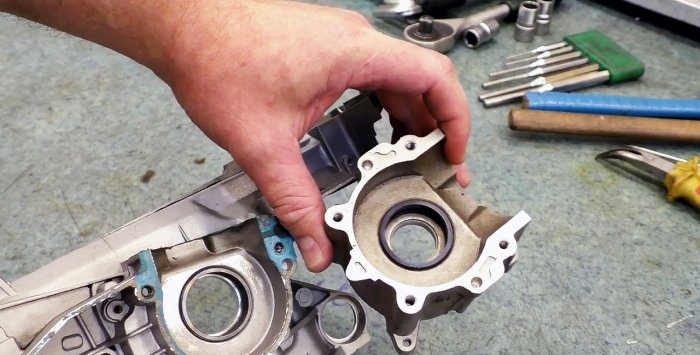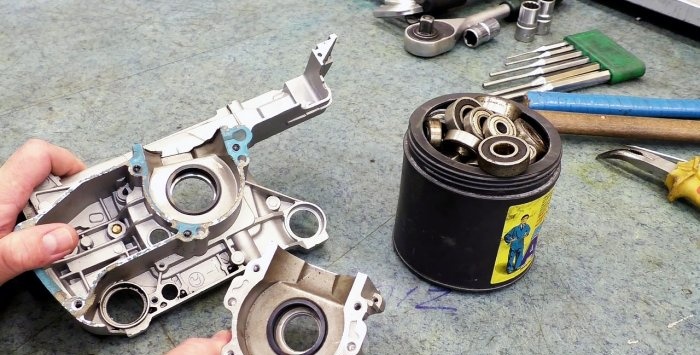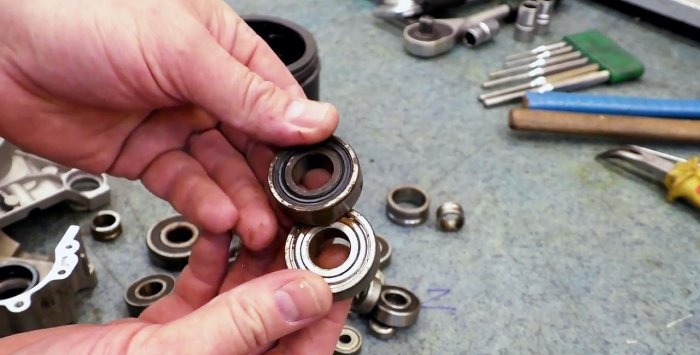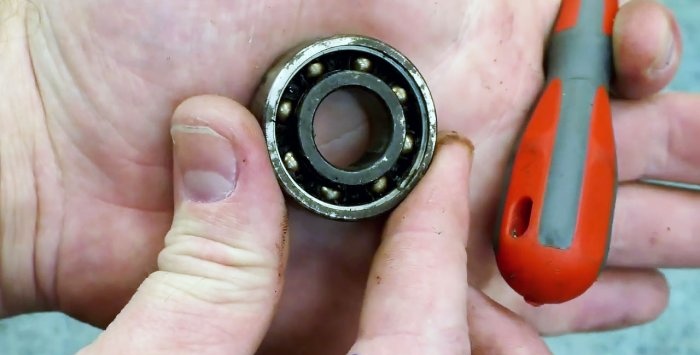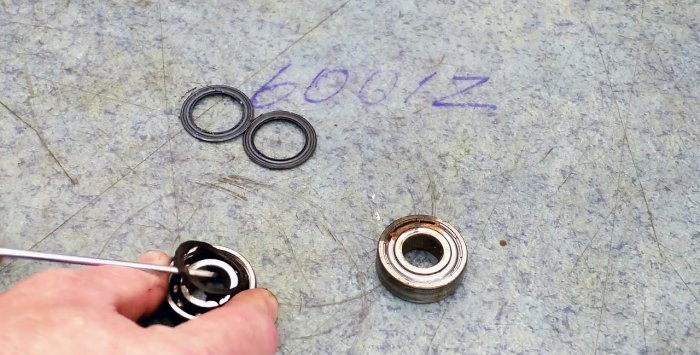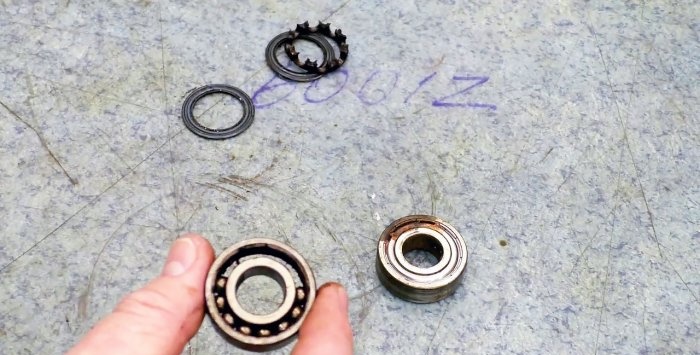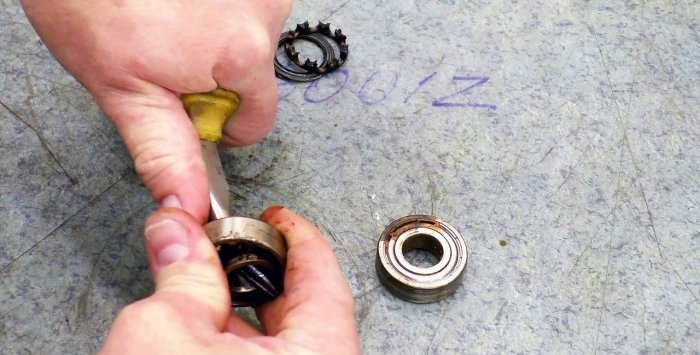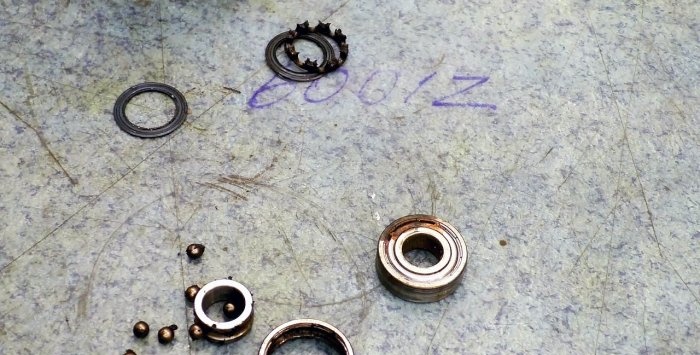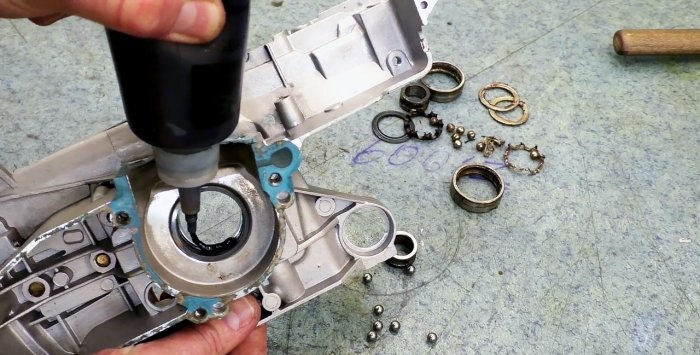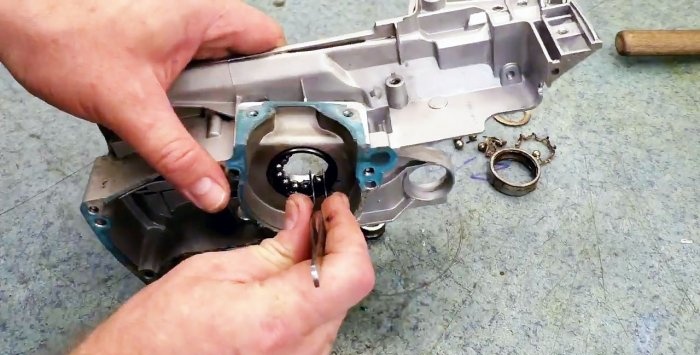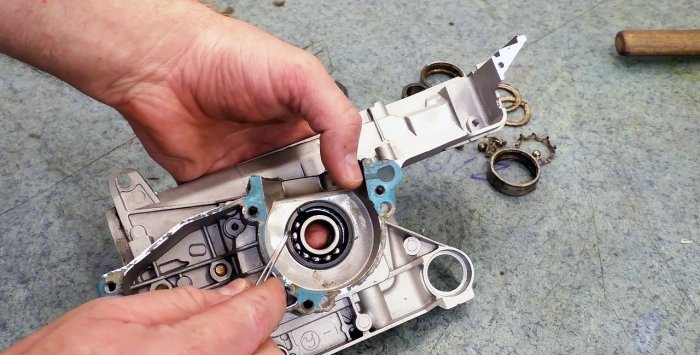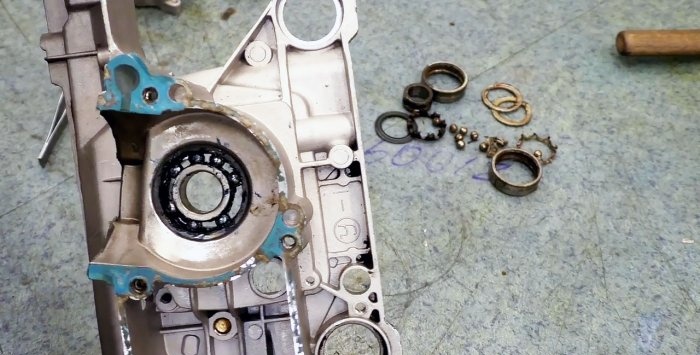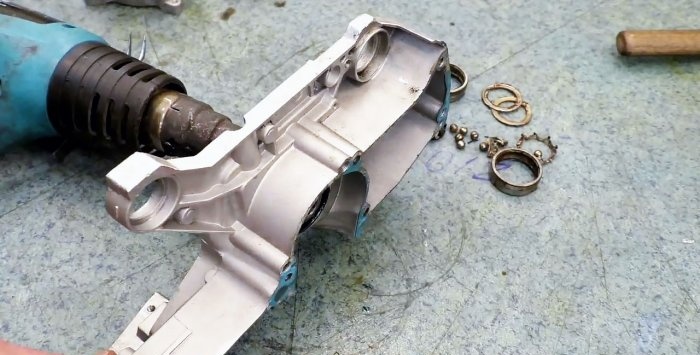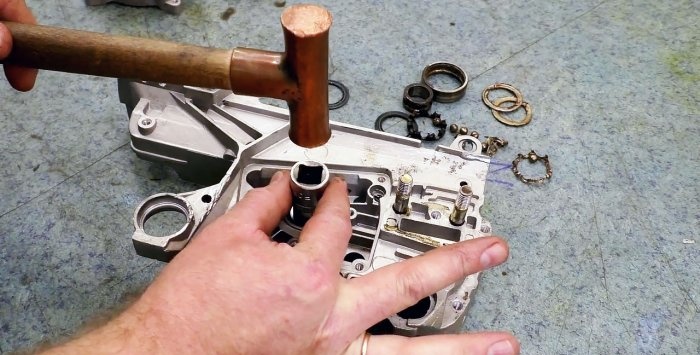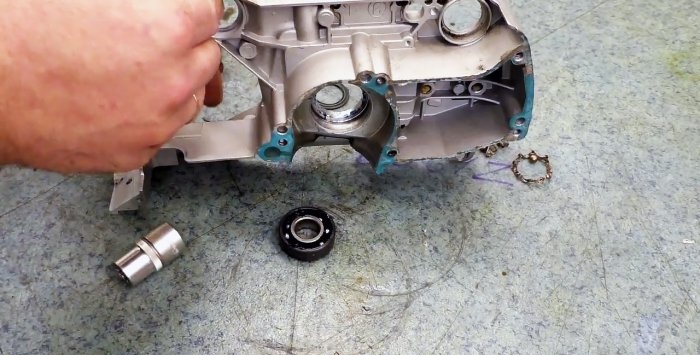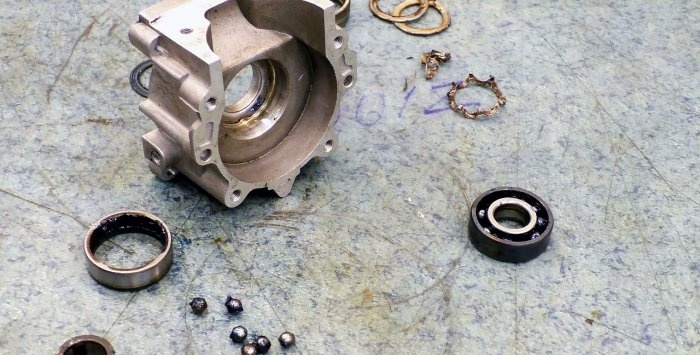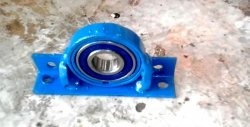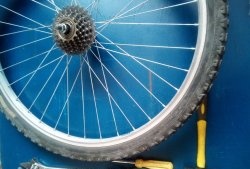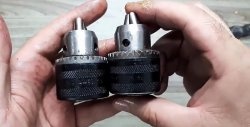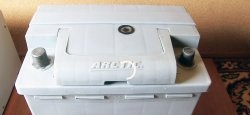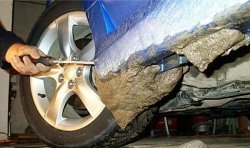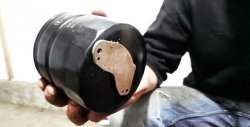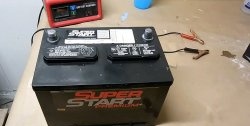How to knock out a bearing race from the housing without special tools
It happens when a bearing crumbles in the mechanism body, so when removing it, it is impossible to catch on to its cage. In this case, neither pullers nor breakdowns will help. However, there is a clever way that allows you to remove the cage even if it is left without the inner ring, separator and balls. It does not force you to cut anything, risking damage to the body.
A stuck cage doesn't have a hard surface to hit, so you need to put an inner ring and balls in it. They can be removed from an old stuck or broken bearing.
A bearing of similar size is disassembled.
The sides are coming off.
Next you need to remove the separator.
If it is plastic, then you simply pry it off with a screwdriver and take it out. If there is a steel separator, it must be knocked out with a punch between the balls. After breaking, it is pulled out with pliers.
The separator itself will no longer be needed, so you don’t have to stand on ceremony with it.
Having released the separator, you need to move all the balls to one side to get clearance.
Next, the inner ring is grabbed with elongated pliers and turned out towards the lumen.
After displacement, the balls fall out of the bearing and the ring is removed from the upper race. This is not difficult, you can do it without a vice.
Now you need to put the extracted parts on the stuck clip in the body. To do this, thick lubricant is applied around its circumference.
Balls are glued onto it, placing it under one side.
After installing them, the inner ring is wound up.
Next, you need to separate the balls, distributing them evenly. They may get stuck, so you may need to use a screwdriver.
Once the bearing is assembled, it can be knocked out in the usual way. Before doing this, you should warm up the case with a hairdryer.
When heated, it will expand, increasing the seat diameter, which makes knocking out easier. The head is placed on the back side of the bearing and several blows are applied with a hammer. You can also use a puller.
This method will of course require a little fiddling, but it is much simpler than trying to weld it to the holder. There is no need to cut or drill anything, risking damage to the housing in which the clip sits.
Clip removal tools:
- whole bearing of the same size;
- long pliers with curved jaws;
- screwdriver;
- head or tube;
- hammer
- bearing grease.
Knocking out the clip
A stuck cage doesn't have a hard surface to hit, so you need to put an inner ring and balls in it. They can be removed from an old stuck or broken bearing.
A bearing of similar size is disassembled.
The sides are coming off.
Next you need to remove the separator.
If it is plastic, then you simply pry it off with a screwdriver and take it out. If there is a steel separator, it must be knocked out with a punch between the balls. After breaking, it is pulled out with pliers.
The separator itself will no longer be needed, so you don’t have to stand on ceremony with it.
Having released the separator, you need to move all the balls to one side to get clearance.
Next, the inner ring is grabbed with elongated pliers and turned out towards the lumen.
After displacement, the balls fall out of the bearing and the ring is removed from the upper race. This is not difficult, you can do it without a vice.
Now you need to put the extracted parts on the stuck clip in the body. To do this, thick lubricant is applied around its circumference.
Balls are glued onto it, placing it under one side.
After installing them, the inner ring is wound up.
Next, you need to separate the balls, distributing them evenly. They may get stuck, so you may need to use a screwdriver.
Once the bearing is assembled, it can be knocked out in the usual way. Before doing this, you should warm up the case with a hairdryer.
When heated, it will expand, increasing the seat diameter, which makes knocking out easier. The head is placed on the back side of the bearing and several blows are applied with a hammer. You can also use a puller.
This method will of course require a little fiddling, but it is much simpler than trying to weld it to the holder. There is no need to cut or drill anything, risking damage to the housing in which the clip sits.
Watch the video
Similar master classes
Particularly interesting
Comments (4)

